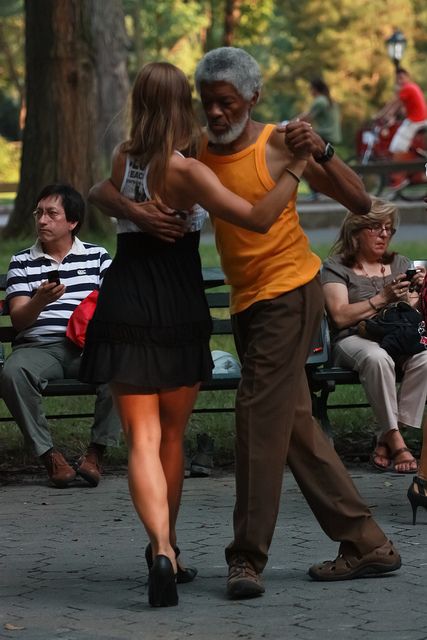A Literary Expedition into the Rhythmic Heart of Latin America
In the sultry realms of Latin America, where the air hums with the melodies of history and the rhythm of tradition, there lies an enigmatic word that echoes through the ages – "Tumbao." Like a haunting refrain, this term has woven itself into the fabric of Latin American music, its origins shrouded in a mist of folklore and ancestral whispers.
As the sun dips below the horizon, casting golden hues upon the cobbled streets of Havana or the bustling markets of Bogotá, the word "Tumbao" reverberates through the air, tracing its roots to a time when the very soul of Latin American music was being carved into existence.
"Tumbao" is a linguistic odyssey, a journey through the rhythmic heart of Latin America, guided by the spirits of drummers and the ghosts of ancestral dancers. To embark on this expedition is to delve into the intricate tapestry of the region, where African, Indigenous, and European influences dance in a syncopated rhythm that defies the constraints of time.
One must tread lightly through the corridors of history to discern the African heartbeat pulsating within the term "Tumbao." Originating from the Bantu language, where "tumba" translates to drum, the word arrived on the shores of the Caribbean with the enslaved, a linguistic relic of a people who, against all odds, preserved their culture through the cadence of their drums.
In the smoky embrace of dimly lit dance halls, where the scent of cigars mingles with the allure of forbidden rhythms, "Tumbao" found a home. It became the heartbeat of the rumba, the dance of ancestors that transcends the corporeal and invokes spirits long gone. The sway of hips and the intricate footwork told stories of resilience, rebellion, and a celebration of life against the backdrop of adversity.
In the realm of music, "Tumbao" underwent a metamorphosis, evolving into a term synonymous with harmonic alchemy. It became the secret sauce of Latin American jazz and salsa, the elusive essence that separates the extraordinary from the ordinary. With a bassline that meanders and grooves, "Tumbao" injects a spellbinding rhythm into the very DNA of Latin American music.
Wandering through the labyrinthine streets of old Havana or the vibrant neighborhoods of Cali, one realizes that the very cobblestones bear witness to the birth and evolution of "Tumbao." It is not merely a word; it is a living entity, a rhythmic force that reverberates through the laughter of children playing on sunlit streets and the clandestine whispers of lovers seeking refuge in the shadows.
Today, "Tumbao" is more than a term or a rhythmic pattern; it is a living legacy. It is the soulful heartbeat of Latin America, a testament to the resilience of a people who transformed the shackles of history into a dance of liberation. In every note, in every step, "Tumbao" is an incantation, calling forth the spirits of the past to join the dance of the present.
As the night falls and the moon casts its glow upon the land, the word "Tumbao" lingers in the air, a whispered promise that the rhythms of Latin America will continue to echo through the ages, inviting all who listen to join the eternal dance of life.



